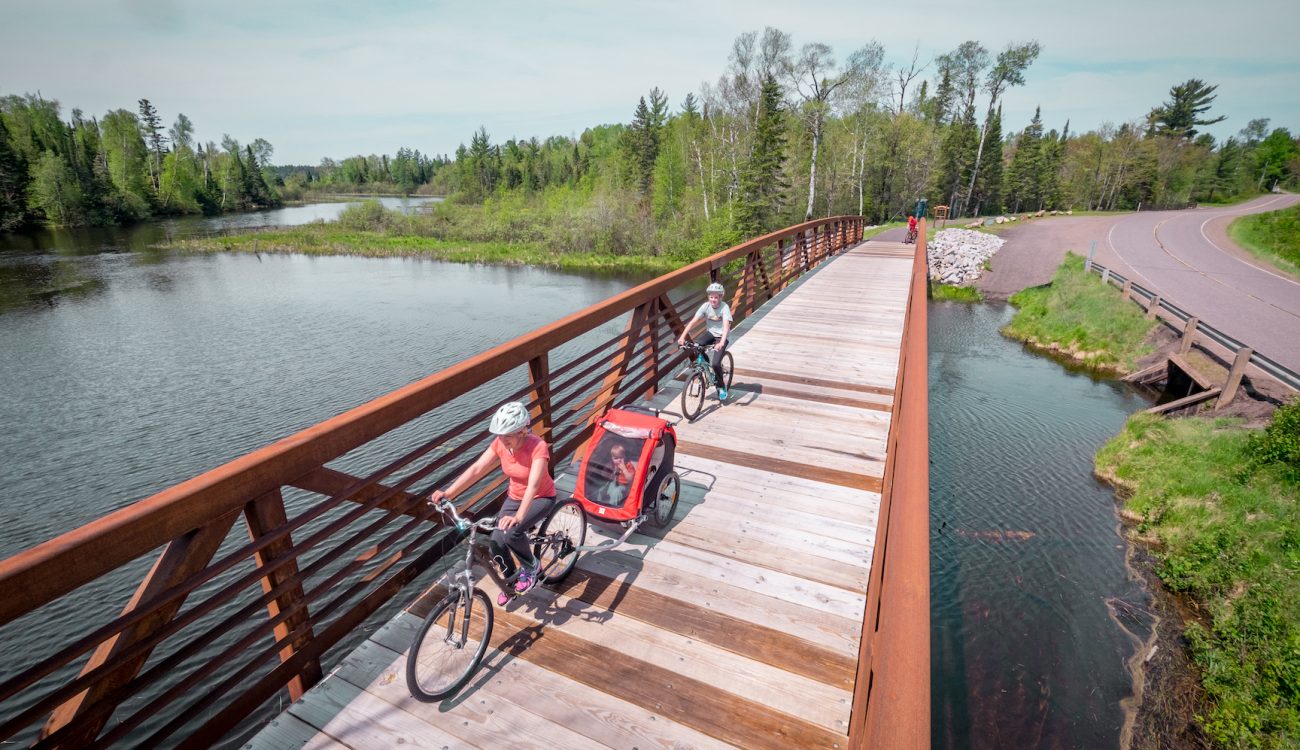
Wisconsin State Bike Advocacy 2.0
Not so long ago, the League of American Bicyclists ranked Wisconsin second in their Bicycle Friendly States program.
Once upon a time, not so long ago, the League of American Bicyclists ranked Wisconsin second in their Bicycle Friendly States program, just behind Washington. Then in 2015 we fell from the second best state in the nation for cycling to ninth, and in 2017 we plummeted all the way to 28th. As Wisconsin’s only statewide bicycle advocacy group that represents the interests of everyone who rides a bike, we don’t like being pack filler. It is time to work together to get back to the front.
What caused the drop in state ranking when communities from Ashland to Kenosha have been embracing cycling like never before? There are a number of reasons.
- Top of the list is probably that Wisconsin became the first, and so far only, state to repeal a Complete Streets law.
- Wisconsin eliminated all dedicated state funding for bicycling.
- Our state budget only allocates the bare minimum allowed by federal law for bicycle and pedestrian projects, and diverts half the federal funds for bicycling to highway projects.
- There is no longer any sizable funding for non-motorized safety programs other than a small amount for law enforcement agencies.
- Local officials are no longer allowed to use eminent domain to acquire right-of-way for bicycle or pedestrian facilities.
Thank you to everyone who responded to our action alerts about all these issues, but bicycling came out the loser in each case.
We have had some state legislative successes, like being part of a coalition that pushed for a significant increase in state funds to repair local roads, making for fewer potholes, passing an increase in penalties for the kind of vehicle moving violations that often result in injury or death for cyclists, and most recently, heading off a state rule change that would increase conflicts between motorized and silent sports users of our state parks and forests.
While many of our electeds in Madison have pulled back on Wisconsin’s investments in cycling, our neighboring states of Minnesota and Michigan have added hundreds of miles more trails. Michigan’s Governor Snyder and our neighbors to the east have continued to invest in transformative projects like the Great Lake to Lake Trail and the Iron Belle Trail. To our west, Minnesota’s legislature has bipartisan support for a $15 million increase in state spending on non-motorized transportation projects and $6 million more for Safe Routes to School compared to the $8 million total that we allocate.
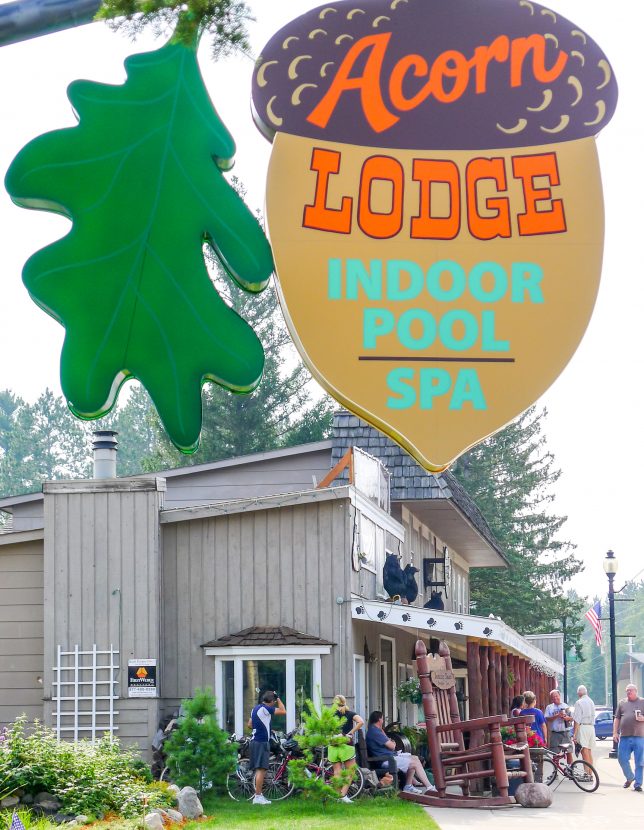
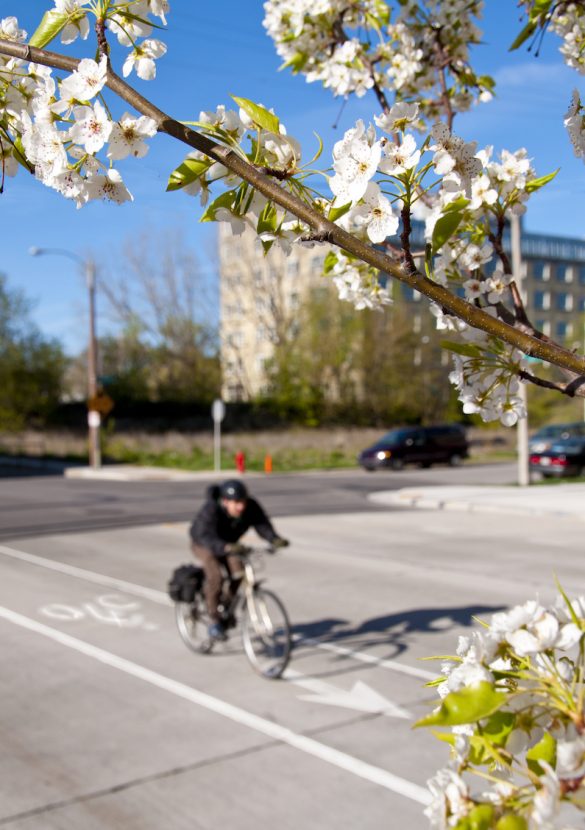
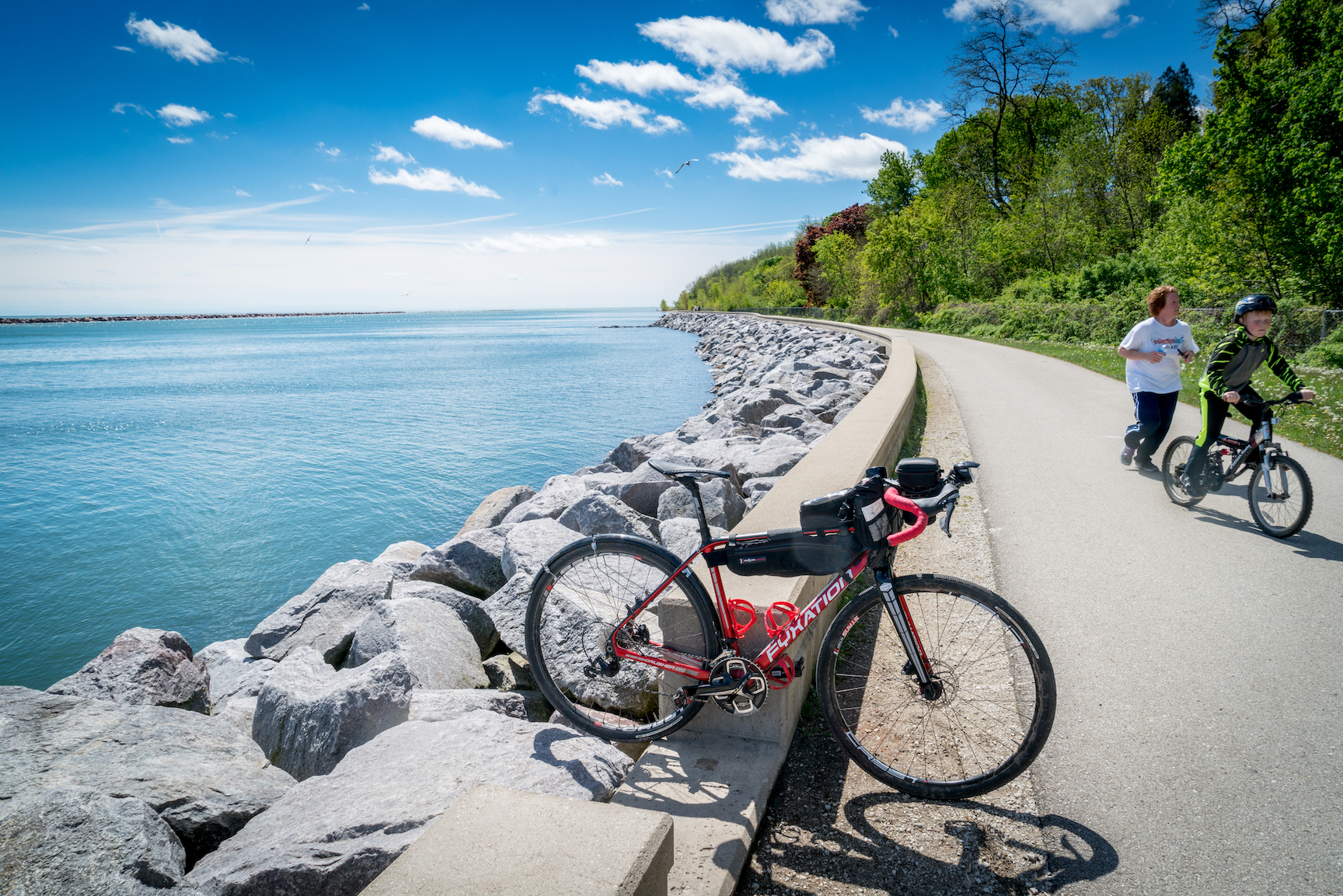
Federal law allows states to divert up to 50% Transportation Alternatives Program funds to highways instead of the bicycle and pedestrian projects the set-aside program was created to fund. Minnesota and Michigan use all their TAP funds for biking and walking projects. Wisconsin diverts the maximum to roads. It was only about 10 years ago that Wisconsin led the nation in miles of trails, now Michigan and Minnesota have hundreds more miles than we do, with even more planned.
While our state legislators have let our state fall behind our neighbors, a growing number of communities large and small across Wisconsin have embraced bicycling and walking. Local cycling groups have been very successful, advocating that their communities add trails, on-street bikeways and safety programs. From north to south, here is a short list of transformative projects done by local communities:
- Mt Ashwabay mountain bike trails by Bayfield, Washburn and Ashland were built with private and local funds.
- WinMan mountain bike trails between Winchester and Manitowish Waters were built with private and local funds.
- The new Sylvan Hills mountain bike park in Wausau was built with local public funds
- Much of the Heart of Vilas County Trails system around Boulder Junction was done with local and private funds.
- La Crosse bicycle commuter share increased 50% since they adopted and began implementing their new bicycle master plan.
- Green Bay recently began plowing trails and started a community bike shop earn-a-bike program.
- Milwaukee County added dozens of miles of bike trail filling in gaps in the Oak Leaf Trail network.
- Wauwatosa added green bike lanes and improved pedestrian ways on North Avenue in East Tosa and saw a huge investment in new businesses, creating a new destination retail strip.
- Local advocates in Racine raised private funds for a new bicycle and pedestrian master plan after state funds are eliminated
- Kenosha is hosting the opening race of the Tour of America’s Dairyland, the finish party of the Ride Across Wisconsin, and has resurfaced the nation’s oldest velodrome in Washington Park.
This is by no means a complete list, and I’m sure many readers can think of successes I failed to mention. In all of these cases, local advocates were able to persuade their neighbors, fellow citizens and locally-elected officials that paved trails, mountain bike parks, and on-street bikeways will have a great return on investment, making their home towns better places to live, work, do business and ride a bike.
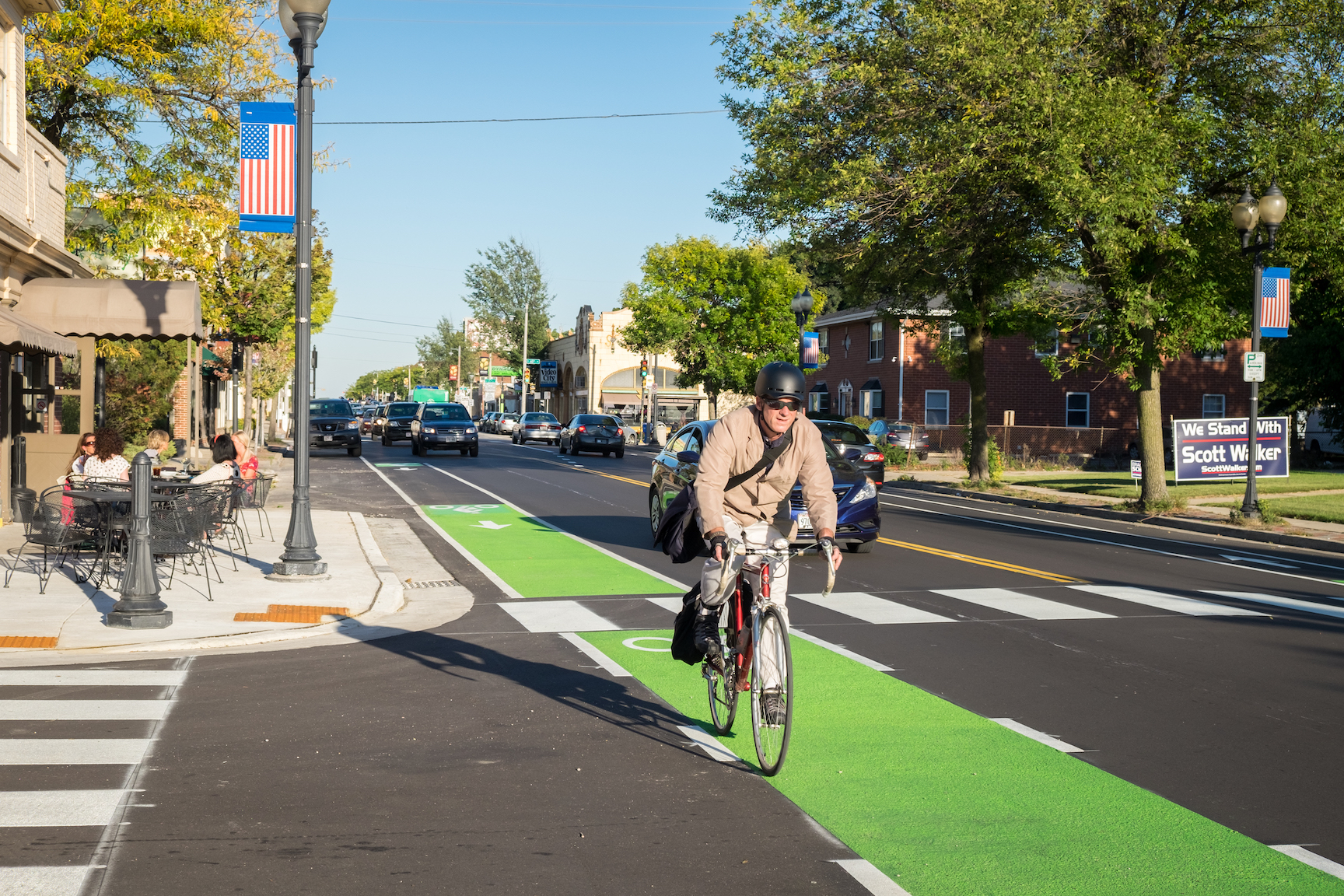
The question for the Bike Fed is how do we harness this local energy? How do we bring together all these small local groups so we all speak with one voice for Wisconsin?
Before cyclists can be more effective at influencing state government, we need a shared vision for what a more bicycle friendly Wisconsin looks like, a clear vision that we can all rally around and easily articulate. We don’t think we need to reinvent the wheel though.
America’s Best Ride was the vision that came out of our 2013 Wisconsin Bike Summit. At the time it had broad support from our members and the bicycle industry. That vision was built around three basic planks:
- A signed, mapped Statewide Trail Network built around all the many existing state and local trails, with plans to fill in the gaps
- Epic Mountain Biking
- Bicycle Friendly Communities with safe street networks that includes modern bicycle design treatments like protected bike lanes and neighborhood greenways
That vision might need some further refinement and some detailed examples, but it seems like something everyone should be able to support. We have three strategies to organize everyone who cares to move us toward America’s Best Ride:
Organize local clubs and groups across the state so we have designated cycling representatives in each of our 72 counties. We need to unify all the disparate, but effective local cycling clubs, teams and advocacy groups across the state. If the Bike Fed can organize these successful local groups into an effective federation that speaks with one voice about statewide issues, we will have greater influence at the state level.
The Association of Wisconsin Snowmobile Clubs is a good example of an effective statewide organization that is really made up of local clubs. The local clubs in the AWSC select a director and representative for each of the 72 counties. Whenever an important statewide issue arises, the AWSC has an organization in place that allows them to activate their members across the state. Legislators hear from people in every county who represent their local clubs and 42,000 families that are members of the AWSC.
Organize a caucus of elected and municipal leaders who already support cycling in their communities. Minnesota has just such an organized group of mayors who are already embracing bicycling. The Minnesota Mayoral Active Transportation Caucus was created to highlight the importance of pedestrian and bicycle infrastructure to the communities of Minnesota. When important state legislative issues arise, the Minnesota Bicycle Alliance can call on this group to contact their state representatives. Because Wisconsin has supportive county executives, mayors, village administrators, town chairs, and council members, we would not limit our caucus to mayors.
Highlight local business support for biking and the economic impact of bicycling in Wisconsin. There are so many businesses that invest in bicycling as a way to attract customers as well as provide employee benefits that retain a talented workforce. Many of these business leaders want to see more public investment in cycling as well. From huge office parks like Schlitz Park in Milwaukee to small businesses like Red Eye Brewing in Wausau, we have hundreds of business friends of bicycling.
To quantify that business support, the Bike Fed would like to update the nearly decade-old economic impact study for bicycling in Wisconsin. We worked with the Wisconsin Department of Transportation and the University of Wisconsin on previous studies, but much has changed in the last decade and there is every reason to believe that cycling makes an even greater impact than the $1.5 billion and 14,000 jobs documented then. In addition to statewide numbers, we need case studies highlighting the impact cycling has had in local communities across Wisconsin. Statewide impacts are great, but local officials want to know what it means in their own backyards.
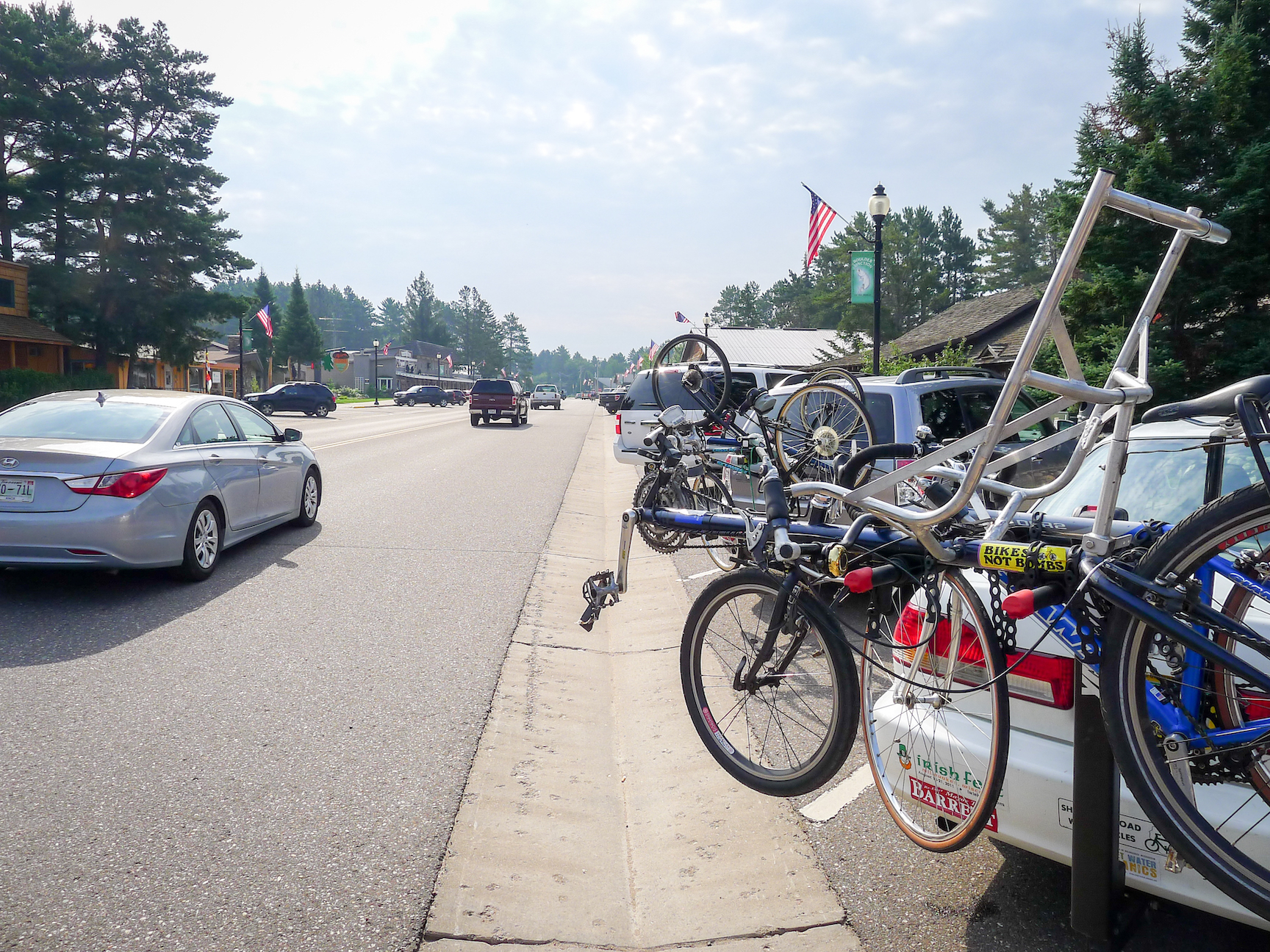
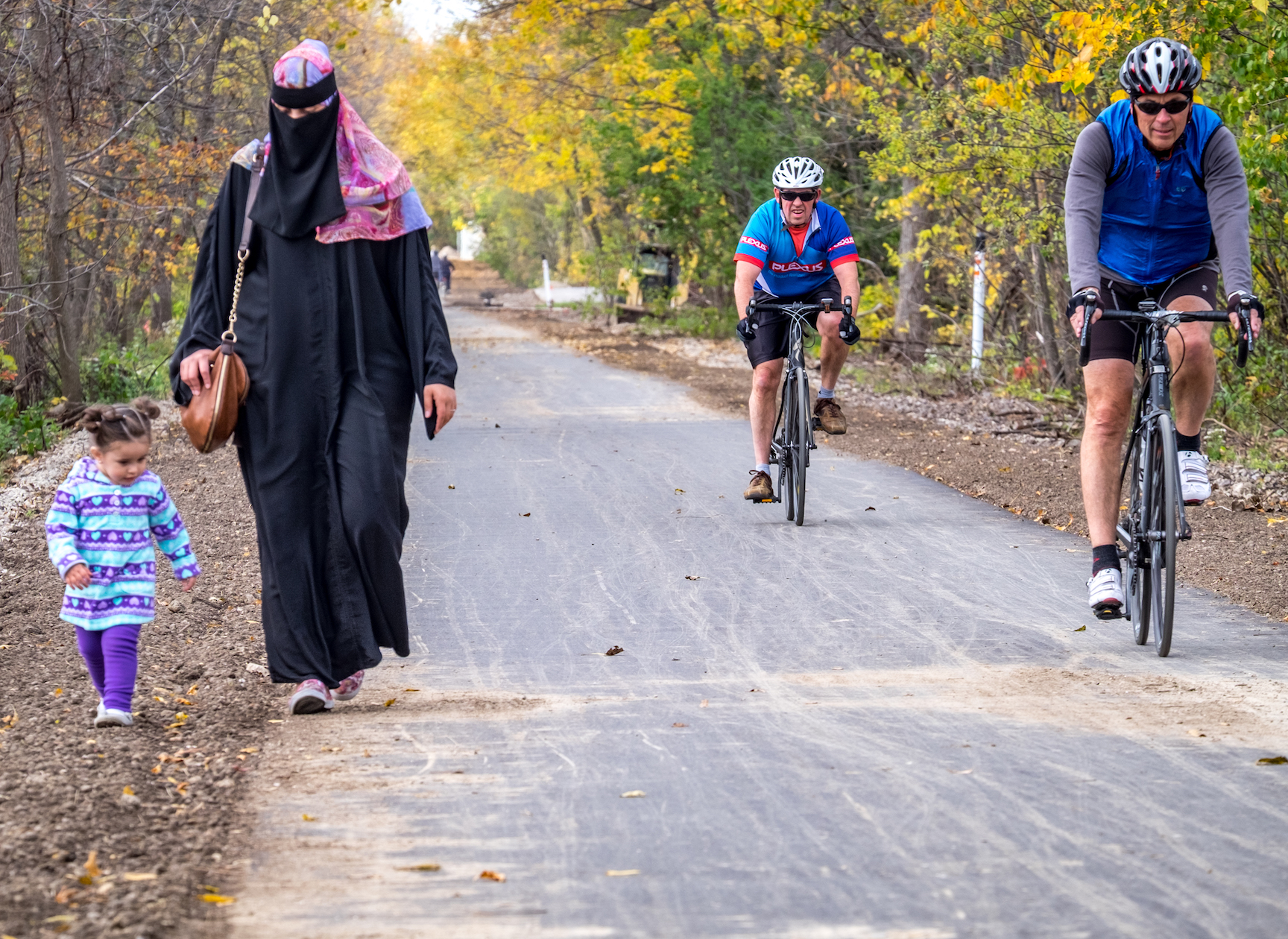
With statewide statistics and local examples everyone can relate to, the economic impact study will be another powerful argument to make Wisconsin America’s Best Ride.
How we move forward with this new vision and organizing effort is up to you and will be the theme of the 2018 State Bike Summit being held on May 5th in Madison. The Summit will be attended by members and representatives from bike clubs, teams, local advocacy organizations, business leaders and elected officials who can lead discussions about their successes and challenges. Every Bike Fed supporter is encouraged to join us there as it doubles as our official Annual Meeting.
The Summit will also be a chance for staff at the Bike Fed to hear how we as an organization can help local groups and communities more. We want everyone to leave the Wisconsin Bike Summit energized with a new common vision and a plan regarding how we all fit into a more effective statewide network of advocates for cycling.
We hope everyone leaves the summit sharing a common vision for making Wisconsin America’s Best Ride. We also hope everyone returns to their communities with a plan to helps us reach the following goals by 2019:
- Two County Bicycling Representatives from local advocacy groups, bike clubs or teams for each of Wisconsin’s 72 counties organized in a database that can be used for targeted local and statewide actions alerts
- A Wisconsin State Bike Caucus for Locally Elected Officials
- A Wisconsin Bicycle Business Council made up mostly of business leaders from outside the bike industry, but including bicycle industry and shop owners
- An updated study of the economic impact of cycling in Wisconsin, with case studies of local successes Done!
Wisconsin may have fallen off the front compared to other states, but we are still in the race. We can rejoin the leaders if we regroup and work together. We are excited to hear your thoughts about this approach to organizing and harnessing the energy of the thousands of bicycle loving local advocates, elected officials and business leaders across our great state.